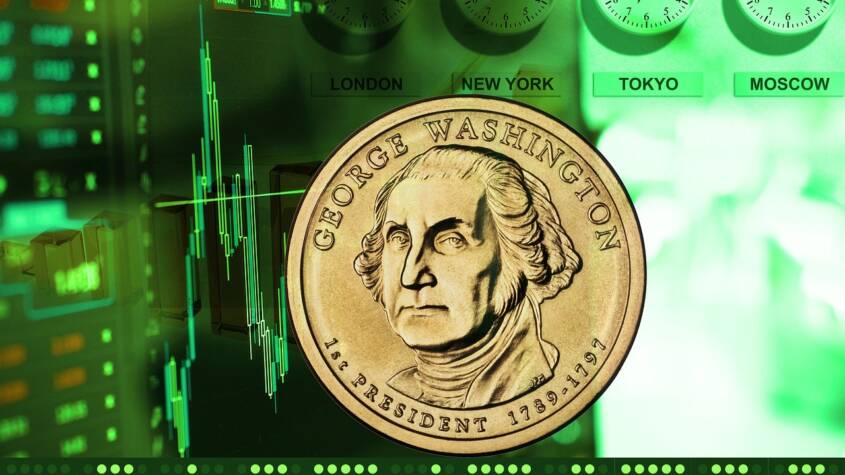
Copper mining shares represent investments in companies involved in extracting and producing copper, a key industrial metal. They offer exposure to the demand for copper, driven by industries like construction, electronics, and electric vehicles. Understanding these shares involves analyzing market trends, production costs, and geopolitical factors.
Investors consider copper mining stocks for potential growth tied to global infrastructure and green energy projects. However, these shares can be influenced by commodity price volatility and regulatory changes. This makes careful research essential before investing.
Understanding Copper Mining Shares
Copper mining shares represent ownership interests in companies that explore, extract, and process copper. These shares respond directly to global demand, production challenges, and copper price fluctuations. Investors track major industry players and market trends to assess potential returns and risks.
What Are Copper Mining Shares?
Copper mining shares are stock equities issued by firms involved in the copper supply chain. Owning these shares gives investors partial ownership in mining operations, exposing them to profits and losses driven by copper production efficiency and market conditions.
These shares can offer exposure to the metals market without directly trading copper itself. Share prices often reflect operational costs, exploration successes, geopolitical risks, and commodity pricing. Unlike physical copper, these stocks carry company-specific and market risks.
Investors usually consider factors like mine location, resource reserves, and company financial health when evaluating copper mining shares. They serve as a way to gain leverage on copper demand growth from industries like construction and electronics.
Major Copper Mining Companies
Several global companies dominate copper mining, influencing industry trends and share performance. Key players include:
- Freeport-McMoRan Inc.: One of the world’s largest publicly traded copper producers, operating major mines in North and South America.
- BHP Group: An Australian multinational with diversified mining interests, including significant copper assets.
- Rio Tinto: Another major diversified miner with substantial copper operations mainly in the Americas and Mongolia.
- Southern Copper Corporation: A leader in copper production primarily in Mexico and Peru.
These companies typically have large, long-life mines and substantial reserves. Their shares often reflect global copper supply and demand dynamics but also depend on operational efficiency and geopolitical stability.
How Copper Prices Impact Shares
Copper prices have a direct and significant effect on copper mining shares. When copper prices rise, mining companies typically experience higher revenues and profits, which can boost their stock prices.
Conversely, a drop in copper prices can squeeze margins, especially for higher-cost producers, leading to share price declines. Market sentiment around supply constraints, trade policies, and economic growth often drives copper price volatility.
Mining companies may hedge against price swings, but extended periods of low copper prices usually weigh on share performance. Investors in copper mining shares must monitor global economic indicators, industrial demand, and inventory data to anticipate price shifts.
Investing in Copper Mining Shares
Investors need to analyze financial metrics, industry conditions, and geopolitical factors when considering copper mining shares. Copper’s demand, production costs, and supply chain stability directly influence share performance.
Evaluating Key Performance Indicators
Profit margins, production volume, and cost per pound of copper extracted are crucial KPIs. Companies with lower extraction costs typically maintain better margins, especially during price dips.
Reserve life and grade quality also matter. Higher-grade deposits yield more copper with less effort, improving efficiency. Free cash flow indicates operational health and investment capacity in new projects.
Debt levels and management’s track record provide insight into financial stability. A balanced debt-to-equity ratio reduces risk during market volatility.
Risks and Opportunities
Copper prices fluctuate with global economic growth, especially in construction and technology sectors. Price volatility exposes mining shares to market risk.
Political instability in resource-rich regions can disrupt operations, affecting supply and share value. Environmental regulations are tightening, increasing compliance costs but encouraging sustainable practices.
Technological advances in extraction and recycling offer cost savings and supply diversification. Demand from renewable energy and electric vehicles creates growth potential for long-term investors.
Global Trends Shaping the Industry
Urbanization in Asia and electrification worldwide are driving copper consumption. China remains the leading consumer, heavily influencing global copper markets.
Supply chain constraints and labor shortages can limit production capacity. Investment in automation aims to mitigate these challenges.
Environmental, social, and governance (ESG) criteria increasingly impact investor preference, favoring companies demonstrating responsible mining and reduced carbon footprints. This trend shifts capital toward sustainable operators.
Kids Swimming Lessons Essential Tips for Safety and Skill Development
Kids swimming lessons teach essential water safety skills and build confidence in the wate…








